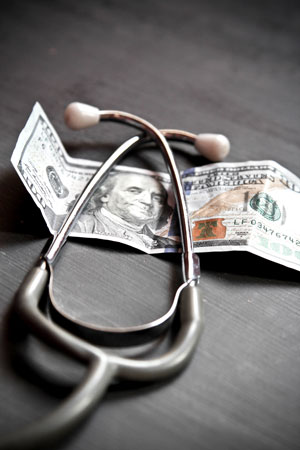 Health insurance does not necessarily translate into affordable healthcare.
Health insurance does not necessarily translate into affordable healthcare.
Typically, people use their credit cards to help pay their medical bills, thereby shifting family budgets even further into the negative.[1] Thus, not surprisingly, healthcare cost is one of the primary reasons people declare bankruptcy.[2]
The stress from financial troubles can be just as devastating as coping with the physical and emotional challenges that accompany a serious illness. Between 2011 to 2014, roughly one in five persons under age 65 was in a family that had difficulty paying medical expenses in the past 12 months,[3] and in 2015, the percentage of adults who delayed or did not receive needed medical care for cost reasons increased as the number of diagnostic conditions increased.[4] And among insured with medical bill problems, a 2016 survey found that over 60 percent reported using most of their savings.[5] Read more
